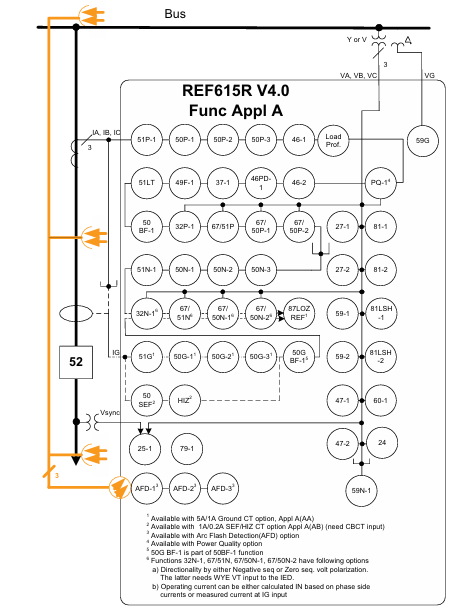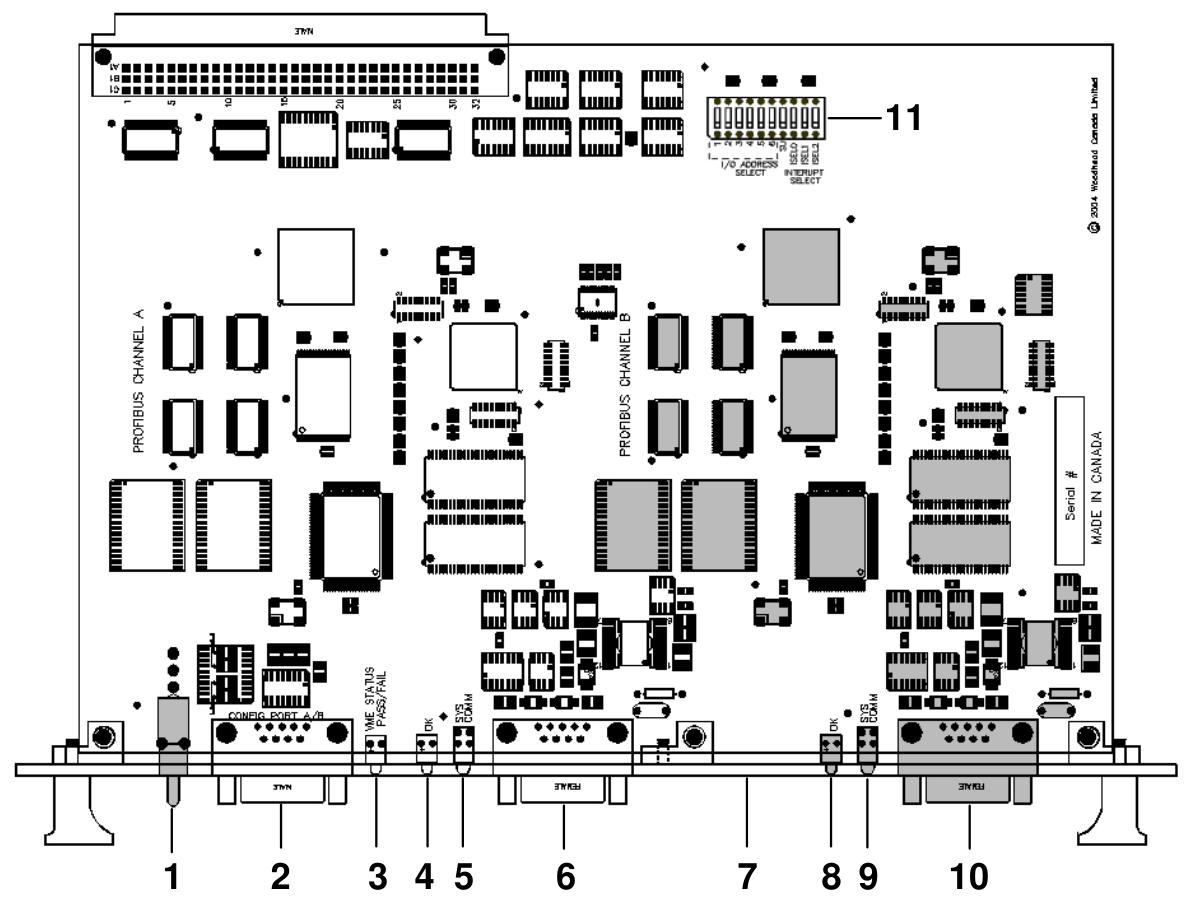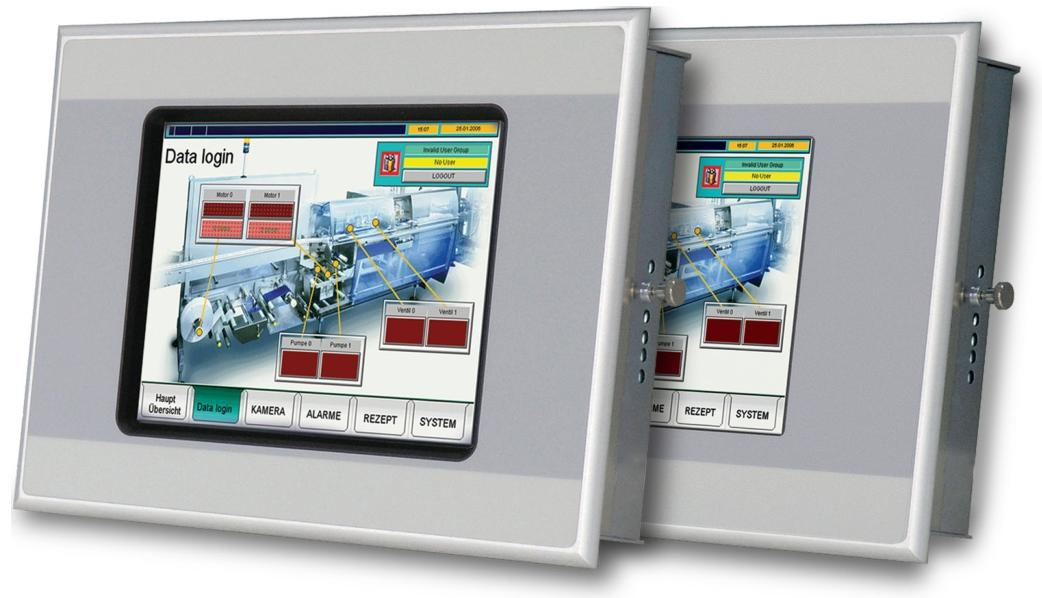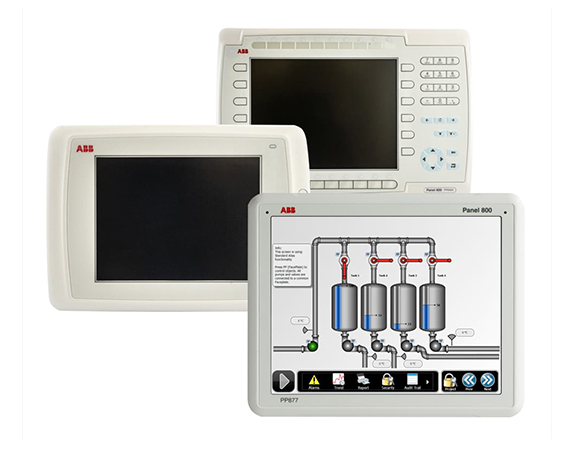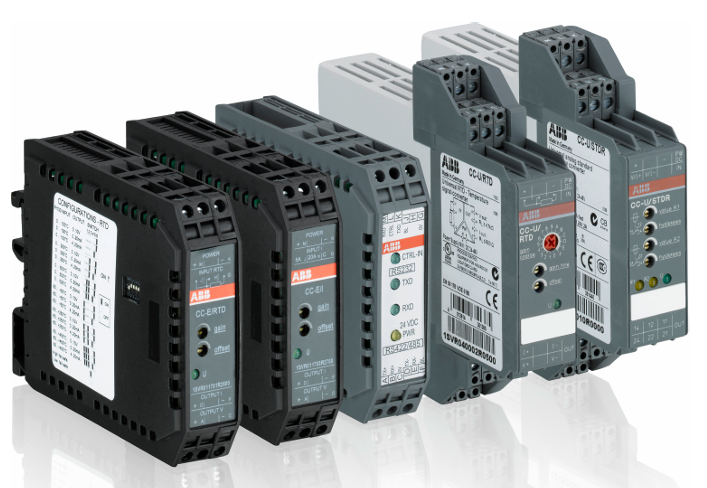ABB CI855 communication interface
Equipment Overview
Core function: CI855 is a communication interface used to implement the MasterBus 300 (MB300) communication protocol in AC 800M controllers. This protocol is suitable for communication between controllers and operator stations in devices based on Advant OCS and equipped with Master software. It is connected to the CEX bus through the backplane.
Supporting components: The TP853 motherboard is equipped with RJ45 connectors with two Ethernet ports, supporting network redundancy and providing a convenient DIN rail installation method.
Key advantage: Supports peer-to-peer communication between new factory areas using AC 800M controllers and existing controllers based on MB300, such as Advance Controller 410, Advance Controller 450, MasterPiece 200/1, etc.
Basic information
Product Code: 3BSE018106R1
Communication protocol: ABB’s MasterBus 300
Master slave attribute: Master device
Transmission speed: 10 Mbit/s, 200 datasets/second
Line redundancy: supported
Module redundancy: not supported
Hot swappable: Supports
Used in conjunction with HI controller: Supports
CE certification: Yes
Classification Society Certification: BV, DNV-GL, LR
RoHS compliance: Compliant with Directive 2011/65/EU (EN 50581:2012)
WEEE Compliance: Compliant with Directive/2012/19/EU
Detailed parameters
Maximum number of units on CEX bus: 12
Connector: RJ-45 female head (8-pin)
24V power consumption (typical value): 150 mA
Environment and Certification
Working temperature:+5 to+55 ° C (+41 to+131 ° F)
Storage temperature: -40 to+70 ° C (-40 to+158 ° F)
Corrosion protection: Complies with the G3 standard of ISA 71.04
Protection level: IP20 compliant with EN60529 and IEC 529
Size and weight
Width: 59 mm (2.3 in.)
Height: 185 mm (7.3 in.)
Depth: 127.5 mm (5.0 in.)
Weight (including base): 700 g (1.5 lbs)
Functional Features
Convenient selection and comparison: It allows users to quickly browse and select suitable hardware devices, while also being able to compare different hardware options, making it easier for users to make decisions based on their own needs.
Flexible filtering: supports filtering based on various conditions, such as functional requirements, performance indicators, application scenarios, etc., to help users accurately locate the desired product from numerous Compact Product Suite hardware products.
Data download: Users can download PDF overview files for specific product areas, as well as export detailed data tables for individual products for reference and analysis during the selection process.
Association with CI855
Communication function matching: ABB CI855 is a high-performance communication interface module suitable for industrial automation systems, supporting communication protocols such as Ethernet/IP and Modbus TCP/IP. Hardware selectors can help users select other hardware devices that match the communication protocol, data transmission rate, and other aspects of CI855, ensuring smooth data interaction throughout the system.
Environmental adaptability coordination: CI855 can operate reliably in an environment with a temperature range of -25 ° C to+60 ° C and humidity up to 95%. Through hardware selectors, other hardware that can work stably under the same or similar environmental conditions can be selected to ensure the overall stability of the system in harsh industrial environments.
I/O configuration collaboration: The CI855 module has up to 8 configurable input/output channels. Hardware selectors can assist users in selecting other devices that can work together with them in terms of I/O points, types, etc., to achieve optimized configuration of system input and output functions.




